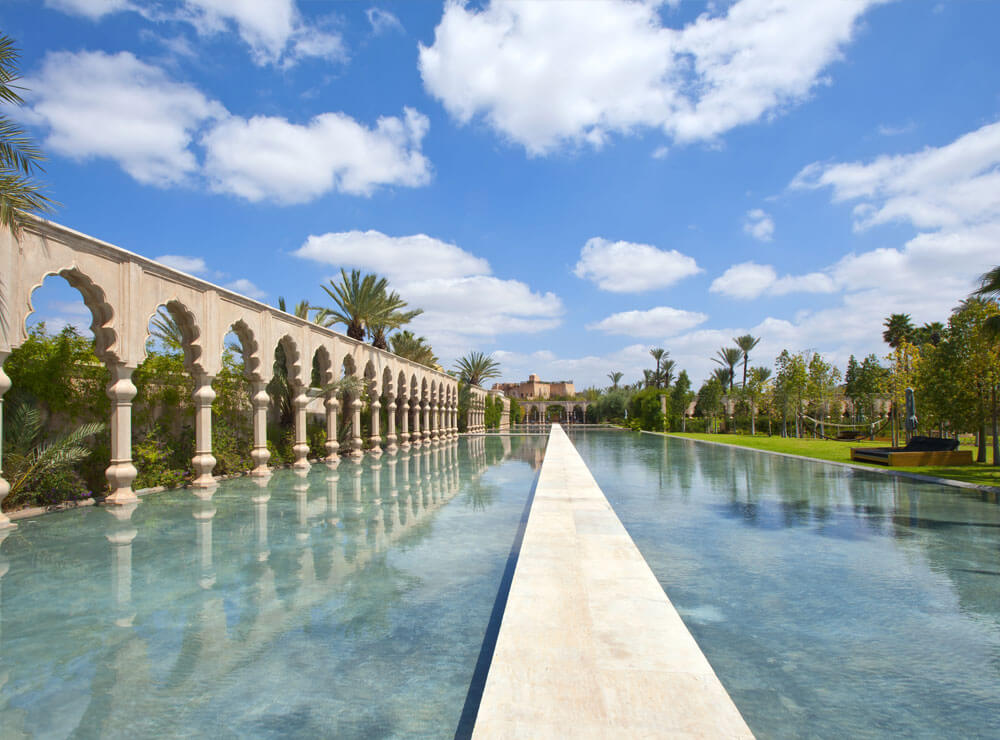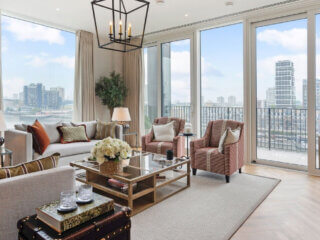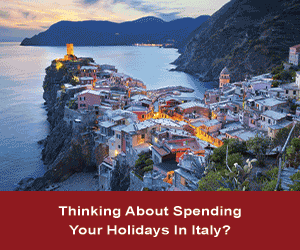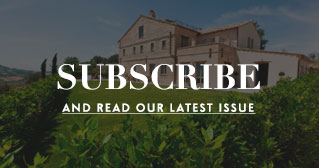
Morocco Strikes It Rich Adapting to Residential Tourism Trends
29.08.17Morocco is a smart cookie tourist destination. Why? Adaptability. Building on the ever-growing international interest in the region, this past twelve months has seen a major change in outlook for the country’s economy with tourism playing an increasingly influential role. The key to success - the ability to both modernise and improve services and systems available locally, as well as retaining the point of difference culture and beauty of the region. In short – the country has homed in on the fact that the offer a ‘non-conventional’ experience is what many tourists are now avidly seeking.
Morocco is also one of many smaller countries around the world which have run their financial systems and economies on a much more conservative and risk-free basis. Historically this was seen as a negative by many property investors, but with recent destabilising power shifts in Europe and the US - this is becoming a turning point for these types of economies.
The emphasis given to the growth campaign by the King of Morocco offers further kudos. Official estimates suggest that upwards of £7 billion will be spent improving and expanding the country’s infrastructure with the ongoing development of a new airport, improvement in the internal transport systems and a massive financial injection into the services industry under way.
Favourable tax conditions, close proximity to Europe and strong travel connections also make it an accessible destination, with a low cost of living and no need to obtain residency before purchasing a property the icing on the cake. Mortgages are also available to foreigners from Moroccan banks.
Property prices play their part too, notably more affordable since the financial crisis – falling as low as 50% from their peak in the last 10 years. Nonetheless, prices are not plummeting: in Marrakech, house prices rose 1.6% in Q2 2016 compared to Q1 2017, as the market begins to recover. Prices in cities such as Tangier and Rabat also rose both year-on-year and quarter-on-quarter, highlighting the country’s gradual improvement overall.
In some parts of Marrakech, such as the iconic Medina, rental yields can potentially reach double-digits, due to strong foreign demand for holiday accommodation. King Mohammed VI has pledged to attract 20 million tourists a year by 2020 to the country, which means that those seeking yields can expect reliable returns for some time to come.
Away from residential real estate, Marrakech’s thriving holiday industry also makes it a worthwhile commercial investment, with high occupancy rates holding promise for hotels – particularly in the bustling Medina, where more commercial properties tend to be located. The high-end hotel sector, in particular, has seen construction soar recently. The nearby Aglad tourism zone, dedicated to the development of tourism infrastructure, is also an area to consider, with its golf courses, shopping centre and water park, and new airport.
Le Monde and Trivago have both highlighted the Red City as one to visit for 2018, while the New York Times ranked Marrakech as the 11th best destination for the year, with a new museum dedicated to Yves Saint Laurent highlighted as a must-see attraction. In the first nine months of 2016, Marrakech saw tourist arrivals rise 0.3% from 2015 to 9.1 million, fuelled by a 3,500% annual increase in Chinese visa applications last year.
Abode Affiliates
COPYRIGHT © Abode2 2012-2025






















































































































































































































